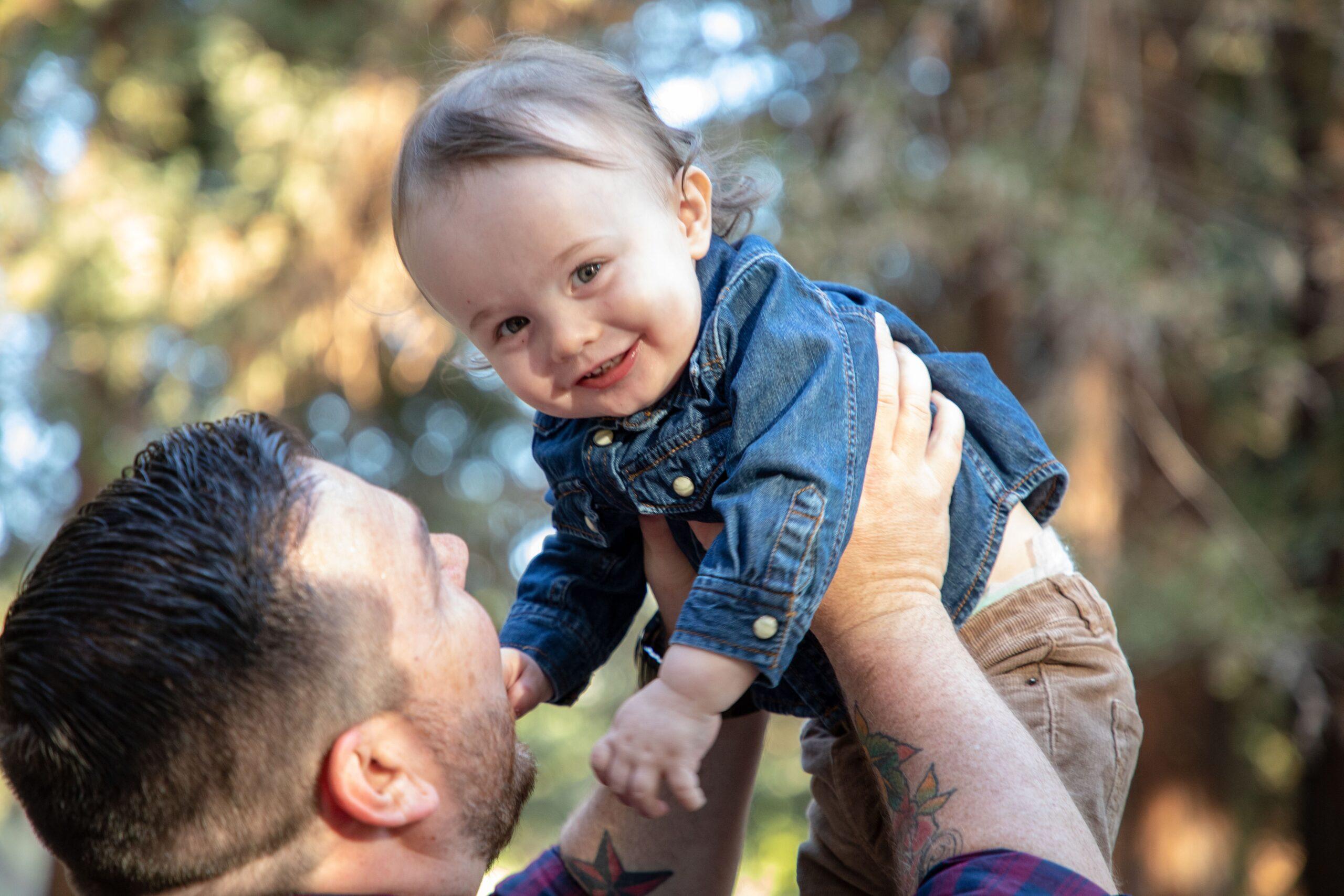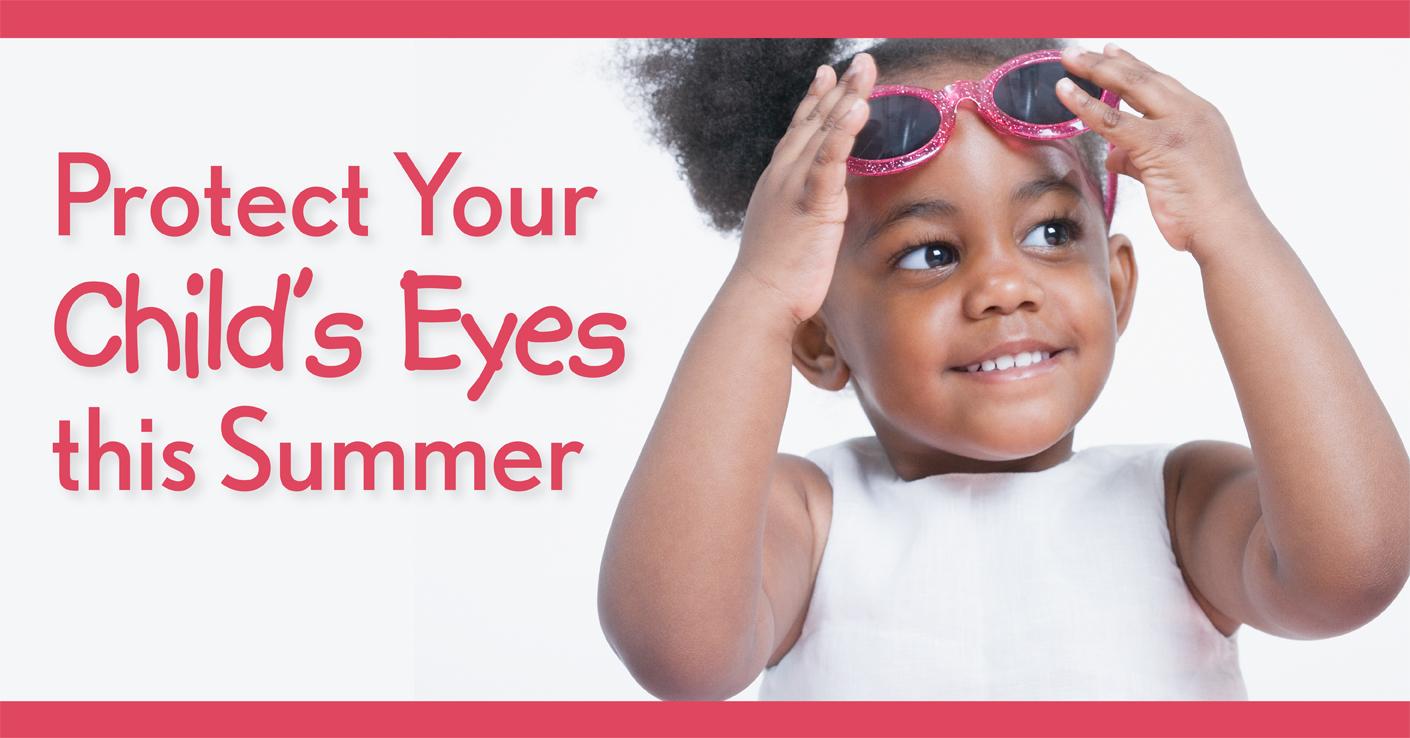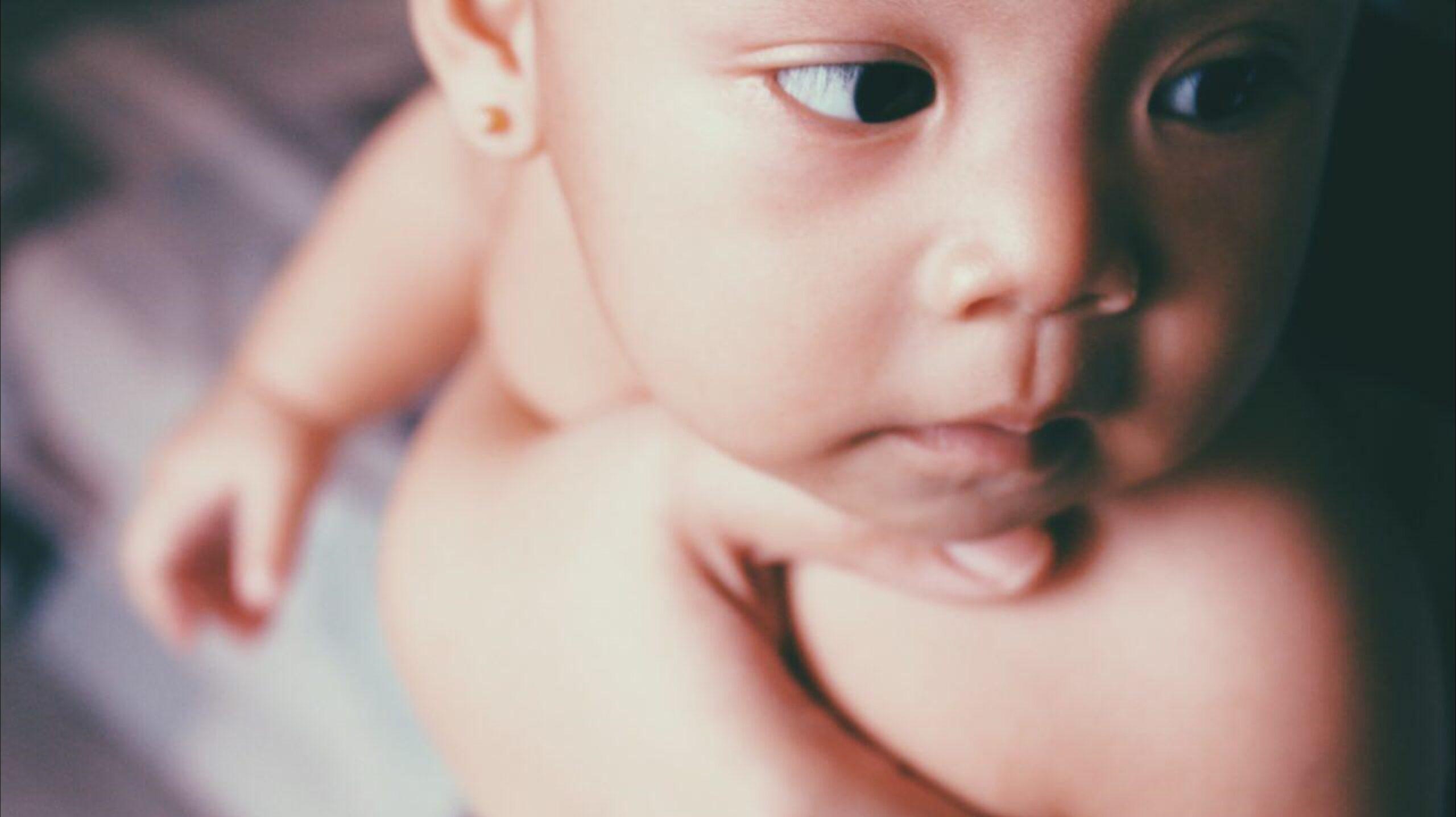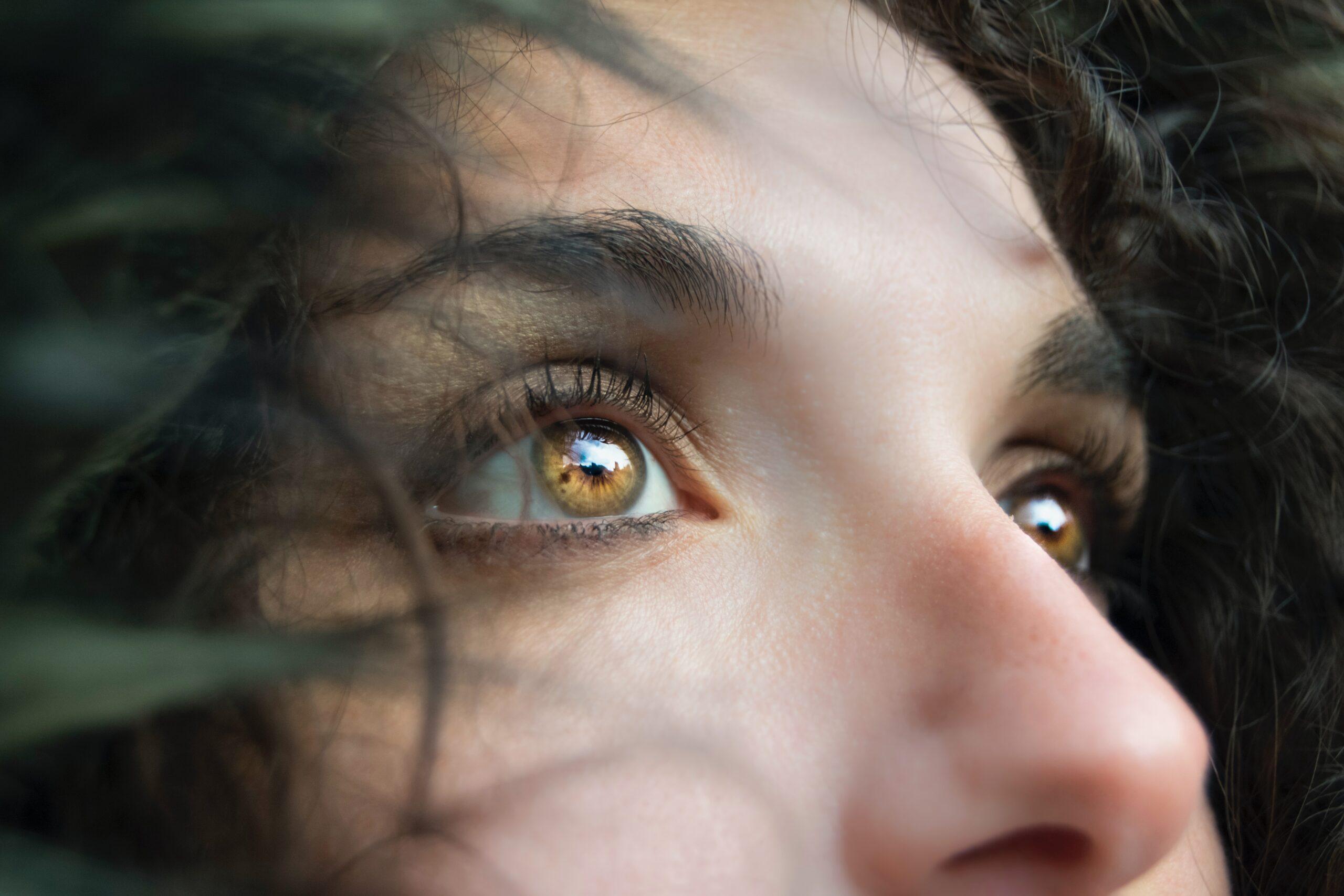Most children, especially those entering school for the first time, eagerly await their first class in September. But many children start to fall behind almost immediately after school starts, unable to thrive in reading or learning. Such a child may seem frustrated or inattentive or display poor behavior. Parents need to pay careful attention to these signs, which may be due to vision problems.
Because vision largely affects the learning process, parents must ensure that their children get a comprehensive eye examination— not an eye screening— prior to entering school. Children also need periodic eye examinations while in school. The eye examination can uncover and correct vision problems before they become the source of learning or behavioral problems.
Symptoms
Look for the following signs of vision problems, especially when your child avoids reading.
- Covering one eye when reading.
- Constantly rubbing the eyes.
- Complaints of headaches.
- Crusty or reds eyes.
- Holding a book very close.
- Complaints of fatigue, especially when reading.
- Complaints of double vision.
- Tilting the head when reading.
Displaying certain tendencies while playing sports may also indicate a vision problem. When your child is engaging in athletics, look for the following:
- Difficulty hitting a baseball.
- Difficulty catching a fly ball; this may be an indication that there is a problem with depth perception or eye-hand coordination.
- Difficulty hitting a tennis or golf ball.
What should you do?
If you suspect a vision problem, the first thing to do is schedule your child for a comprehensive eye examination from an optometrist or ophthalmologist
Research shows that comprehensive vision examinations may identify vision problems that were not found in children’s preschool physical examinations, as many school examinations merely involve reading a distance eye chart. Comprehensive exams are especially crucial when a child first enters school, has a history of vision problems or has a family history of parents who wear glasses, particularly for distance vision.
The American Optometric Association found that one in ten children is at risk for an undiagnosed vision problem, such as amblyopia, strabismus, myopia (nearsightedness), hyperopia (far-sightedness) or astigmatism. And in New York City, 20 percent of children fail their eye exam. This has profound implications for the child’s future ability to learn, do well in school and develop properly.
A comprehensive eye examination does the following:
- Reviews any significant history as well as family history of vision problems.
- Checks the distance vision on the eye chart for seeing the chalkboard.
- Checks the reading vision.
- Evaluates the refractive error, the need for eye glass prescriptions.
- Checks for depth perception and binocularity— the use of the two eyes together.
- Checks for the ability to track across the page as well as to the next line.
- Checks whether either eye turns or both eyes turn, which is know as strabismus.
- Checks whether there is poor vision in just one eye— amblyopia.
- Checks for eye disease.
- Checks whether there is the need for eye training or exercises.
Sports Vision
Coaches would never send a batter to home plate without a helmet or encourage participation in a particular sport such as track, baseball or football without wearing specialized footwear. Likewise, protective eye wear is recommended for all sports, especially contact sports including football, hockey and lacrosse.
Eye doctors recommend special protective lenses, such as polycarbonate lenses, for sports such as baseball, tennis and basketball. Other sports, such as golf and even swimming, may also require prescriptive eye glasses. Professional sports teams have vision coaches, and there are many eye doctors who are now involved in vision therapy programs that aim to enhance a child’s vision for sports.
Be mindful that the visual demands at school have changed substantially over the years. Children of all ages now read many books and significantly use computers. There are also new technologies that impact the eyes, including today’s generation of wireless reading devices for reading assigned books or chapters. Add to this the increasing non-educational use of cell phones, text messages, TV sets and addictive computer games, and you have one hard-working visual system.
Fashionable Eye Wear
Fortunately, getting children and teens to wear glasses no longer involves the problems or the stigma it did in the past. Eye wear has even become fashionable, as well as a status symbol, for many children and young adults.
Vision and Education
It is often said that vision accounts for 80 percent of a child’s learning. But the only states that seem concerned about the link between good eye health and learning are Missouri, Kentucky and Illinois.
In 2000, Kentucky became the first state to require children entering public school, public preschool or a Head Start program for the first time to have a “thorough eye examination.” And in July 2008, Missouri decided to make an investment in the future of the children in the state by recognizing the importance of healthy eyes in children entering school and covering the cost of a complete eye examination by an optometrist or ophthalmologist. Illinois now also requires eye exams for new students.
Nationally, the Vision Care for Kids Act has been approved by the House of Representatives and is expected to be approved by the Senate. If signed into law, it would establish the first federal grant program to bolster children’s vision initiatives at the state level.
Children with significant vision loss from eye disease need early intervention as well as specialized eye examinations for optical and electronic magnification and vision rehabilitation. There are children who may be born with significant vision problems or have a progressive vision loss at an early age that exists through the teen years.
Good eye health and vision care begin early. They can mean the difference in your child’s health, education and ability to succeed. If you have not already made one, schedule an eye examination for your child now.




